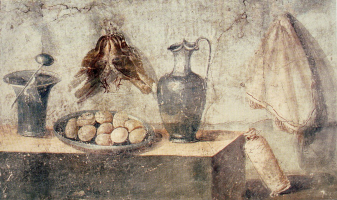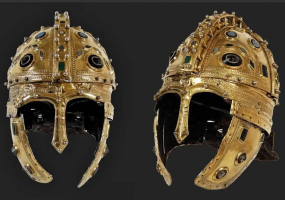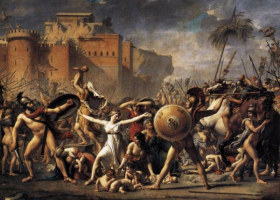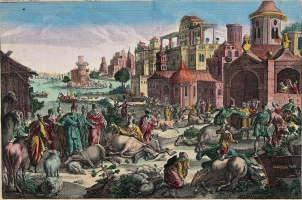Top 8 Most Common Epidemic Diseases Of Ancient Rome
The Roman society and the entire Roman Empire have undergone a tremendous transformation as a result of the pandemic of diseases there. The diseases had caused ... read more...a number of chaotic circumstances, ranging from the deaths of millions of people to the destruction of the Empire itself. And here are the most common epidemic diseases of Ancient Rome.
-
One of the most common epidemic diseases of Ancient Rome, Malaria, wreaked havoc on several Roman communities. The mosquito-breeding marshes that encircled the Roman cities and deforestation were the main contributors to this. The malarial DNA identified at one of the Roman sites was the first evidence of the disease's existence.
Frequent signs of Malaria include fever, exhaustion, nausea, and headaches. In extreme circumstances, it may result in coma, jaundice, convulsions, or even death. Ten to fifteen days after being bitten by an infected mosquito, symptoms typically appear. Patients may experience relapses of the illness months after receiving inadequate care. People who have recently recovered from an illness typically experience milder symptoms when reinfected. If the individual does not continue to be exposed to malaria, this partial resistance vanishes over the course of months to years.
DNA samples were retrieved from bodies discovered during an excavation that was conducted in one of the communities of ancient Rome in 450. The research indicated that a sizable proportion of youngsters and various age groups in Rome had been impacted by malaria. However, during the early stages of the epidemic, people believed that supernatural forces were to blame for the symptoms and deaths. Unfortunately, the plague was responsible for both the fall of the Roman Empire and Attila the Hun's capitulation. Problems started to arise up until the 20th century.
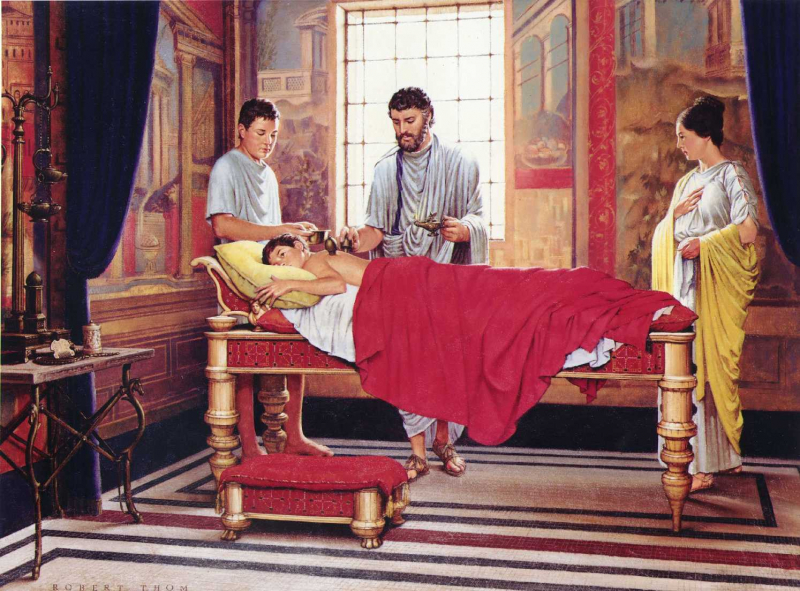
Photo: ANTINOUS THE GAY GOD 
Photo: History Ten -
Even though cancer claimed hundreds of lives in ancient Rome, the Greeks were the ones who first recognized it. These words, which in Greek mean "crab," were most likely used to describe the illness because the finger-like spreading projections from a cancer reminded people of crabs' shells. Later, the Greek phrase was translated into cancer, the Latin word for crab, by the Roman physician Celsus (25 BC – 50 AD). Another Greek physician, Galen (130–200 AD), referred to tumors as oncos (Greek for swelling). Although Hippocrates and Celsus' crab analogy is still used to characterize malignant tumors, the term "oncologist," from Galen, is now a part of the term for cancer specialists.
The Greeks, who largely lived in ancient Greece and ancient Egypt, found cancer evidence in the fossilized remains of early humans. According to the Greeks, too much black bile is what causes cancer. Galen, a Roman physician, asserted that Cancer first occurred in ancient Rome around 200 AD. Numerous treatments for cancer were utilized by the Romans after being used by the Greeks originally. They eventually learned that a mastectomy might either cure or significantly reduce breast cancer.
A similar discovery was made regarding the treatment of uterine cancer, which involved breaking a stone into water, pouring it into the vagina, and forcing the patient to sit on something extremely hot.
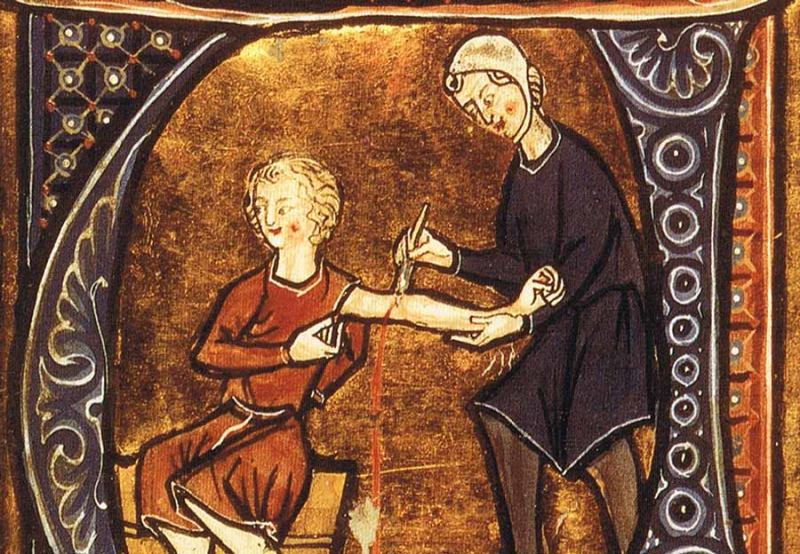
Photo: Ancient Origins 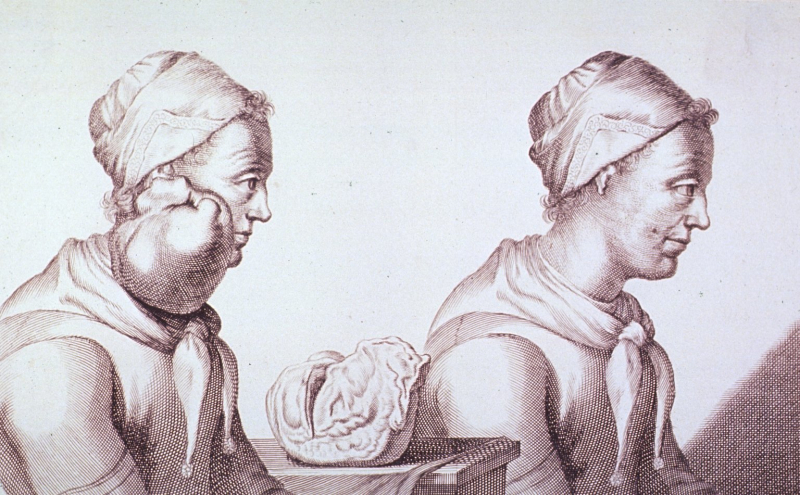
Photo: Wikipedia -
Smallpox (Variola), which infected practically every Roman citizen, was one of the most common epidemic disease of ancient Rome. Multiple recurrences of this condition would be problematic each time. Despite numerous measures to stay safe and practice good hygiene, even the wealthiest person was unable to escape it. The smallpox pandemic started in the eastern region, and victims would only begin to experience symptoms two to three weeks after contracting the virus. However, the sickness began to get attention in 189, destabilizing society by claiming the lives of about 2000 people every day. The army, Roman soldiers, and Roman gladiators were most impacted.
The Smallpox's origin is uncertain, however the earliest signs of it can be found in Egyptian mummies from the third century BCE. In the past, the disease had outbreaks. In 18th-century Europe, smallpox is thought to have killed 400,000 people annually and caused one-third of all cases of blindness. The death toll from smallpox is estimated to have reached 300 million in the 20th century and 500 million in the past century. In the past, six European monarchs have passed away. In 1967, 15 million instances were reported annually.
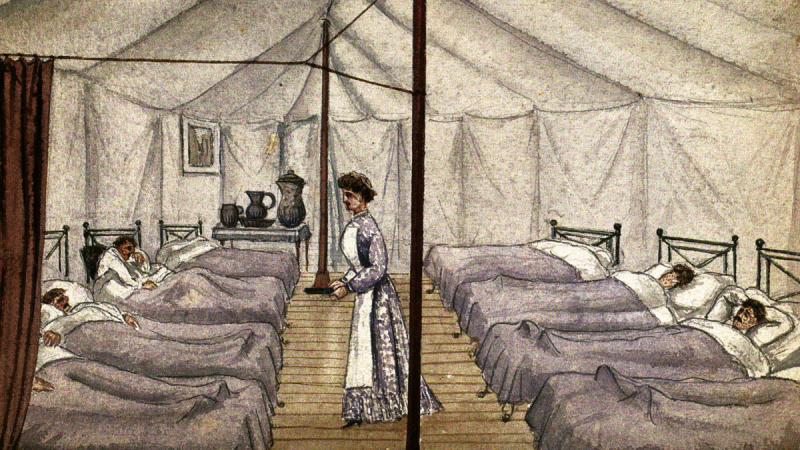
Photo: history.com 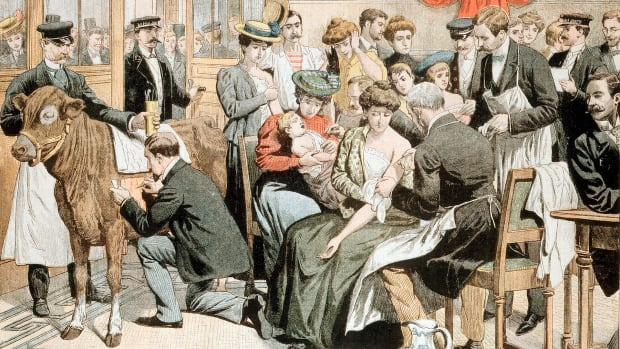
Photo: history.com -
The Justinian or Justinianic plague, an infectious illness brought on by the bacterium Yersinia pestis, was the first significant outbreak of the first plague pandemic, the first Old World pandemic (541-549 AD). The illness devastated the Sasanian Empire, the Byzantine Empire, and particularly its capital, Constantinople, as well as the entire Mediterranean Basin, Europe, and the Near East. The Byzantine Emperor Justinian I (r. 527–565), who reportedly caught the illness and recovered in 542, at the height of the pandemic that killed nearly a quarter of the population in the imperial capital, is named after the plague. The disease expanded over the Mediterranean region until 544, then continued in Northern Europe and the Arabian Peninsula until 549. It first appeared in Roman Egypt in 541.
The Justinian plague was so named in honor of the Byzantine Emperor Justinian who contracted it in 542 AD. Between 541 and 549 AD, the plague spread throughout Imperial Rome, killing more than one-fifth of the total population. Its variation, Yersinia pestis, first appeared in mountain regions near the borders of China, Kazakhstan, and Kyrgyzstan. The sick rats on grain shipments that arrived in Rome from Egypt were the source of the disease outbreak.
Both this illness and the black death were caused by the same pathogen, and both plagues had similar side effects. This caused gangrene, chills, headaches, abdominal discomfort, and swollen lymph nodes in those who contracted it.

Photo: TheCollector 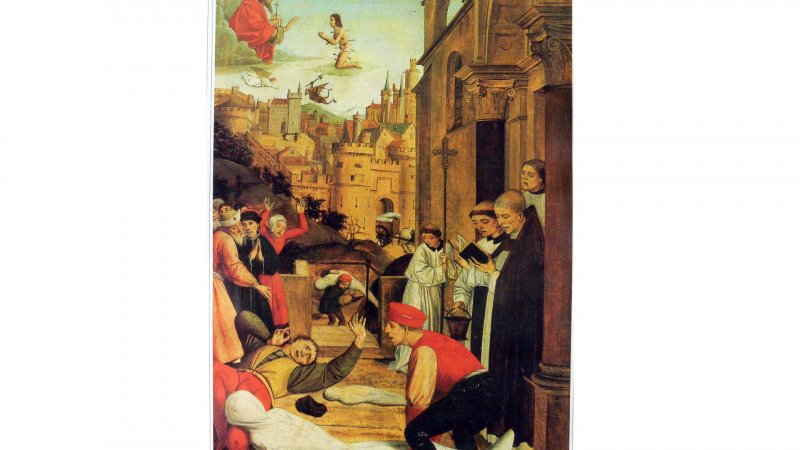
Photo: Wikipedia -
One of the deadliest and most common epidemic diseases of ancient Rome was the Antonine Plague, from which victims could never recover. Scholars largely concur that smallpox caused the epidemic, however measles has also been proposed. The Roman emperor Lucius Verus, who shared a pregnancy with Marcus Aurelius in 169 AD, may have perished as a result of the disease. Due to the fact that the previous emperor, Antoninus Pius, had adopted these two emperors, their family name, Antoninus, has come to be linked to the pandemic.
The soldiers who had just returned from their expedition in Western Asia introduced it into Rome's cities. During the siege of Seleucia, they came into contact with the germs in the Tigris River. Skin sores, diarrhea, sore throats, and discomfort both internally and externally would be experienced by those affected. They would endure pain for more than two weeks before passing away.
Millions of people were infected by the Antonine plague, which spread throughout the Roman Empire and maybe other places like China. The pandemic broke out in the latter years of Marcus Aurelius' co-emperorship, which is frequently referred to as Rome's "golden age”. At that time, the Roman Empire was home to around 75 million people, or one-fourth of all humankind. Most historians concur that the Roman Empire's population peaked around the time the Antonine Plague first arrived and then dropped. Along with Rome, ancient Egypt too experienced a severe epidemic that reduced its population and damaged its economic foundation. Over 15% of the Roman population perished during the plague's over ten-year period, from 165 to 180.

Photo: Alchetron 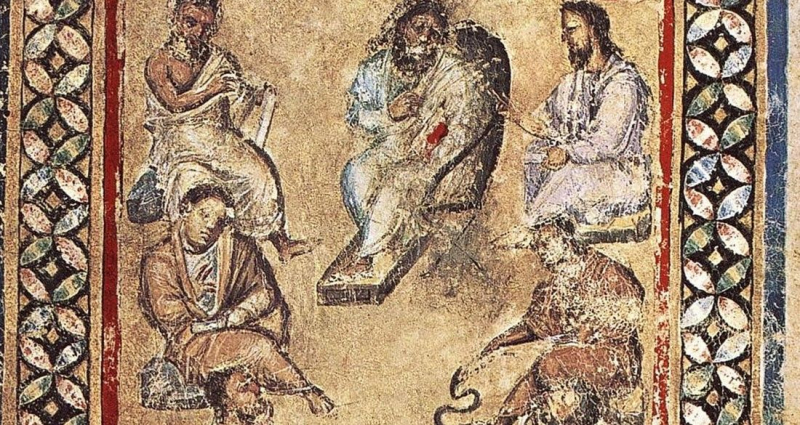
Photo: All That's Interesting -
The second devastating plague that struck ancient Rome was the Plague of Cyprian. It lasted from 249 to 262 AD and nearly killed off the whole population of Rome, claiming 5000 fatalities every day. The disease was given its name in honor of Saint Cyprian, a bishop from Carthage who first saw and recorded the pandemic. The spread of smallpox, viral hemorrhagic fever, fever, and pandemic influenza were the main causes of this plague.
It is believed that the disease led to significant shortages of labor for both the Roman army and food production, severely weakening the empire during the Crisis of the Third Century. Its present name honors the early Christian author St. Cyprian, bishop of Carthage, who observed and wrote about the plague. Due to the lack of reliable sources, it is highly speculative to identify the cause of the plague; however, suspects have included smallpox, pandemic influenza, and viral hemorrhagic fever (filoviruses), including the Ebola virus. The pandemic led to the deterioration of the economic, technical, personnel, food production, and human sectors and also sparked the Third Century Crisis.
The symptoms of the plague of Cyprian were comparable to those of the Plague of Antonine, which caused patients to experience fever, dysentery, diarrhea, and motor skill loss. There aren't any stories that are thorough enough to calculate how many people the disease killed overall in the Roman Empire. At the height of the epidemic, 5,000 people were reportedly passing away in Rome every day. According to one historian's estimation, Alexandria's population decreased from 500,000 to 190,000 during the plague. People leaving the city probably contributed to a portion of the city's population loss.
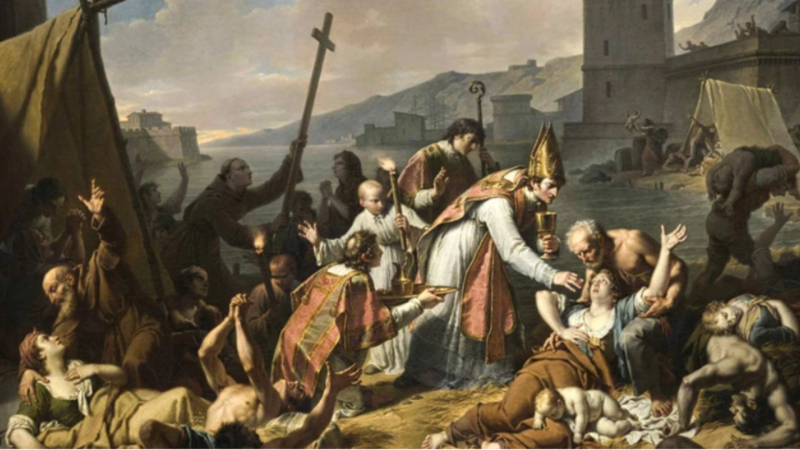
Photo: Kyle Orton's Blog Source: The Historian's Craft -
Blood-borne Morbus Gallicus, often known as Syphilis and the French Disease, was once widespread. It's also one of the most common epidemic diseases of Ancient Rome. Girolamo Fracastoro, an Italian poet, coined the term "syphilis" in the 15th century. After writing a poem about a youngster named Syphilus who had Morbus Gallicus, he became well-known. Syphilus had insulted Apollo, and as retaliation he was given this illness.
The illness, which was initially diagnosed in Rome, was afterwards found in various countries of the world, including Europe. The Morbus Gallicus infection resulted in body rashes, fever, swollen lymph nodes, patchy hair loss, weight loss, headaches, muscle discomfort, and exhaustion in the affected individuals. While not itching, the rashes would typically be red or brown in hue. With a few minor changes in symptoms, both men and women would experience this. Holy wood, guaiacum, and mercury skin injunctions or ointments were the primary treatments during the 16th century. Additionally, people would take sweat baths because the disease's poison would be removed by sweating and saliva.
In contrast, an article written by Kristin Harper in 2008 claims that while venereal syphilis may have originated in pre-Columbian Americas, ancient European civilizations may have possessed a comparable version of the pathogen. A later Italian poet named Girolamo Fracastoro, who penned an epic poem about a lad named Syphilus who insulted Apollo and was consequently punished with the sickness, is credited with coining the term "syphilis." Epidemics caused by the likely mutant treponematoses occurred during the Middle Ages and Renaissance.

Girolamo Fracastoro (Photo: Wikipedia) 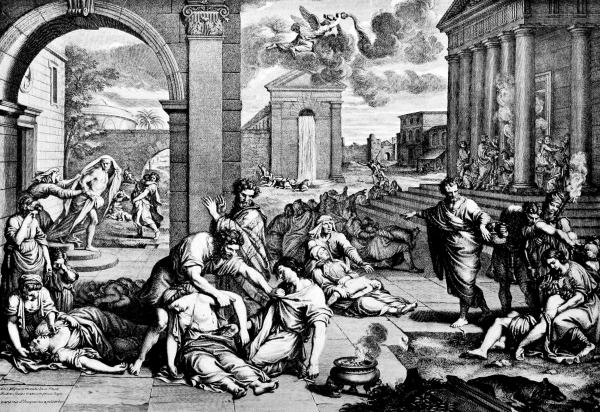
Photo: Projcet Gutenberg -
Brucellosis would probably certainly have been widespread in Roman society during the Roman Empire, and it became more prevalent during the Middle Ages. Most paleopathological instances involve adult male skeletal people, and the most typical structures implicated are the lumbar vertebrae and sacroiliac joints.
After testing the skeleton of two teenage guys, it was established that Brucellosis disease existed in ancient Rome. The remains were discovered at Butrint, one of Albania's Roman colonies. It was a serious illness brought on by tainted dairy or animal products. Even though it began before the Roman era, it continues to have an impact on the modern globe, where it claims the lives of almost 5 million people annually.
This was a persistent respiratory illness that manifested as sweats, malaise, lethargy, headaches, and fever. However, in extreme situations, it also attacked the neurological system and the heart's lining. Fatigue, joint discomfort, and fever were among the chronic signs and symptoms of this illness. By breathing in or consuming the bacterium from tainted food, people become ill. Even though it was extremely uncommon, nursing moms might pass the sickness to their infants while they were breastfeeding.
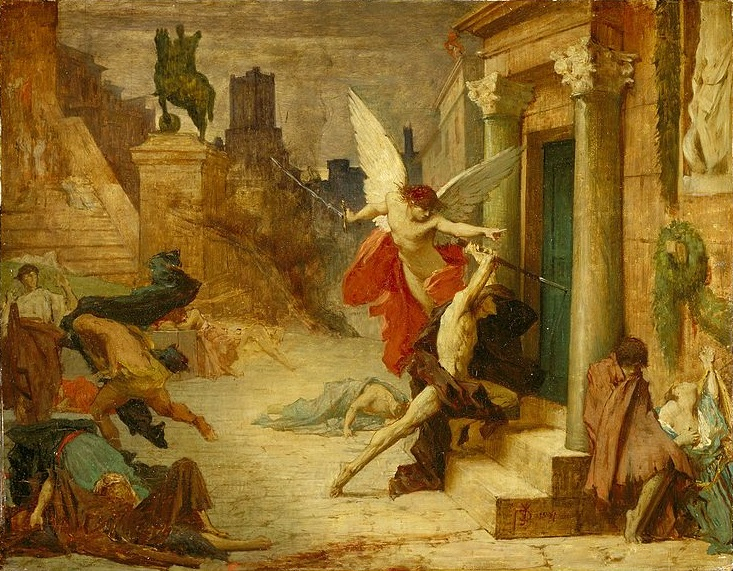
Photo: Vita Romae 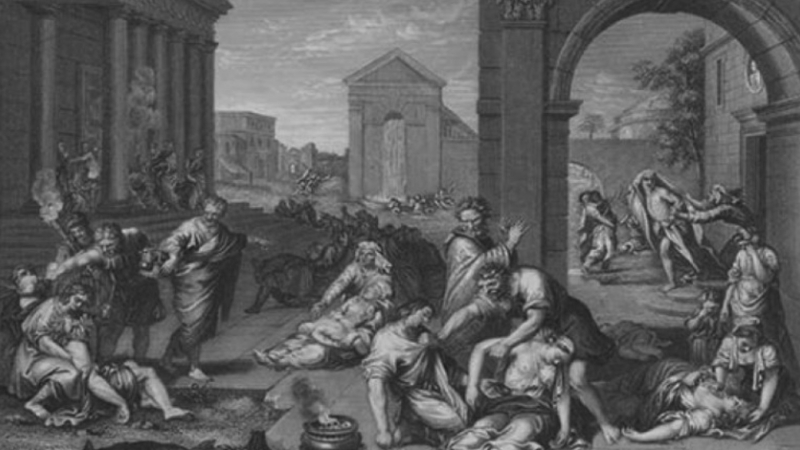
Photo: Eagles and Dragons Publishing












